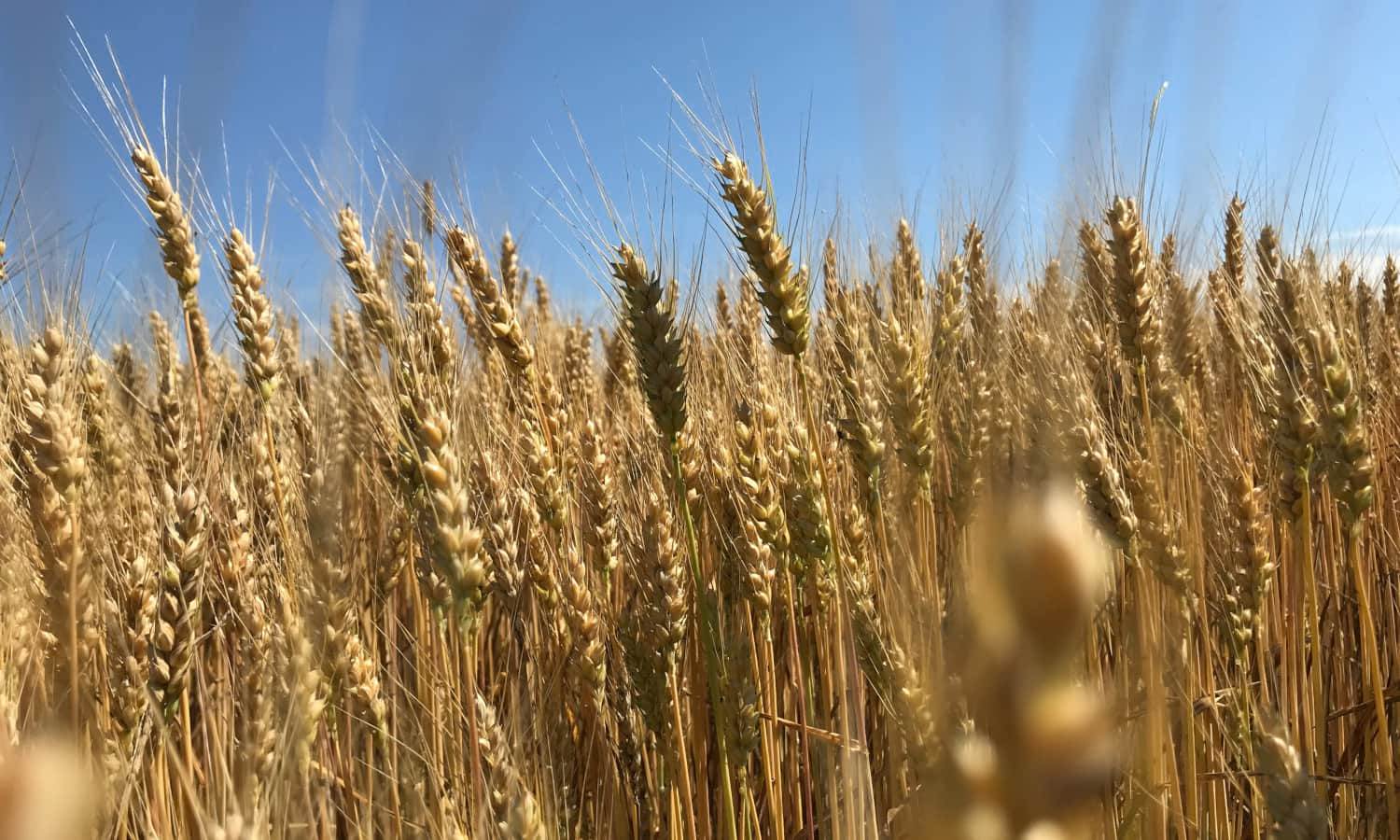Demand for organic livestock feed is rising in the United States, leading to insufficient supply and higher prices, according to a U.S. Department of Agriculture Economic Research Service (USDA ERS) report. The ERS indicates that increasing incentives for organic grain production in the U.S. may help reduce synthetic fertilizer use and import dependency while increasing soil health and generating farmer income.
In 2021, organic meat sales increased by 2.5 percent, according to the Organic Trade Association (OTA), representing nearly US$2 billion in annual sales. Inexpensive imported organic livestock feed, consisting of organic corn and soy, is grown by foreign producers with lower land and labor costs. The competitive advantage of imported organic feed is fueling the high growth rate of organic meat sales, according to the OTA.
Organic grain production in the U.S. is growing but not fast enough to meet the organic livestock industry’s needs, OTA reports. The most recent data from the U.S. Department of Agriculture National Agricultural Statistics Service (USDA NASS) shows that U.S. organic grain production of corn, soybeans, wheat, and oats totals 765,000 acres while conventional corn and soybean together account for roughly 177 million acres.
U.S. organic grain production has not increased at the same rate as organic livestock production. This, according to OTA, is in part due to the three-year transition period requirement from conventional to USDA-certified organic. “It’s like you’re ripping the band-aid off, and there’s no extra financial support,” Lydia English, Field Crops Viability Manager with Practical Farmers of Iowa, tells Food Tank.
“We need to see some changes within USDA to redesign the farm programs, especially for the young farmers,” to facilitate the transition away from conventional production, Fred Kirschenmann, President Emeritus of Stone Barns Center for Food and Agriculture, tells Food Tank. “It isn’t just about going organic,” Kirschenmann notes. “Producing more organic grain is part of the result, but it’s really revolutionizing the way we do agriculture, moving from an input intensive kind of agriculture to a regenerative, self-renewing kind of agriculture.”
Market volatility presents an additional challenge to farmers transitioning to organic grain. When the price of organic grain is more than double that of conventional grain, “farmers will enter the market,” Elizabeth Reaves, Senior Program Director of Sustainable Food Lab, tells Food Tank. “However, while they undertake the transition process, supply is frequently met elsewhere with cheaper imports.” Once a farmer completes their organic transition, the price of organic grain can plummet, and farmers can lose their investment.
Reaves also notes a lack of markets for rotation crops that offer soil cover and provide nutrients for organic crop production. “The organic system mirrors the conventional system in its demand for corn, soy, and wheat, leaving farmers without markets for important rotation crops like cereal grains, legumes, and oilseeds.”
Increasing demand for cover crops and increasing incentives for growing them can help farmers improve their soil health while generating income. Practical Farmers of Iowa and Sustainable Food Lab’s partnership through the Small Grains in the Corn Belt Initiative engages with feed markets and farmers to regenerate the soil and reduce synthetic nitrogen use on their corn by incorporating nitrogen-fixing crops in crop rotations.
By incorporating a legume cover crop and oats into a corn-soy rotation, farmers can generate additional income, improve soil health, and reduce synthetic nitrogen use on their corn crops. Using less synthetic fertilizer through organic methods incentivizes farmers to shift away from conventional crops.
Perennial grains can also offer farmers stability while producing forage and fodder for livestock. Kernza, an intermediate wheatgrass bred by The Land Institute, offers a “dual use” of generating farmer income and providing livestock feed, Tessa Peters, Director of Crop Stewardship at The Land Institute, tells Food Tank.
Growing Kernza “is a really fantastic way to mitigate the risk of adopting new crops,” Peters mentions. While Kernza is not certified organic, Peters notes that it is grown without herbicides or pesticides. It also generates “300 to 1000 pounds of carbon per acre, and that carbon tends to be pretty stable in the soil profile,” meaning organic matter can accumulate.
“There’s a significant value in diversifying our production systems,” Jack Algiere, Director of Agroecology at Stone Barns Center for Food and Agriculture, tells Food Tank. Incorporating cover crops, multi-family rotation systems, perennial lay periods, and livestock rotation can increase “fertility and soil stability.”
“If you look at it in a larger perspective, the input-intensive system cannot continue much longer because all of those inputs are not renewable,” Kirschenmann tells Food Tank. Algiere adds that organic grain production in the U.S. needs to be part of “a paradigm shift” to prioritize “the sustained ability of our planet and our existence on it.”
While policymakers and food businesses are responsible for creating more incentives for organic grain production in the U.S., consumers also need to act. “The reality is that in the food system that we have in place, it’s easy to scapegoat and point the blame at other things or feel like it’s insurmountable, or we’re powerless as consumers,” Algiere tells Food Tank, “but the food system of the future is about finding a place to be a contributor.”
Kirschenmann reflects that “we don’t have a lot of time to think about the revolution that we’re a part of and will be a part of, and especially the next generation will be a part of.” Looking toward the future, Kirschenmann mentions, “it’s important for us to listen to and participate in the thinking of the next generation of farmers, and I find that a very exciting process.”
Articles like the one you just read are made possible through the generosity of Food Tank members. Can we please count on you to be part of our growing movement? Become a member today by clicking here.
Photo courtesy of Liz Joseph, Unsplash















